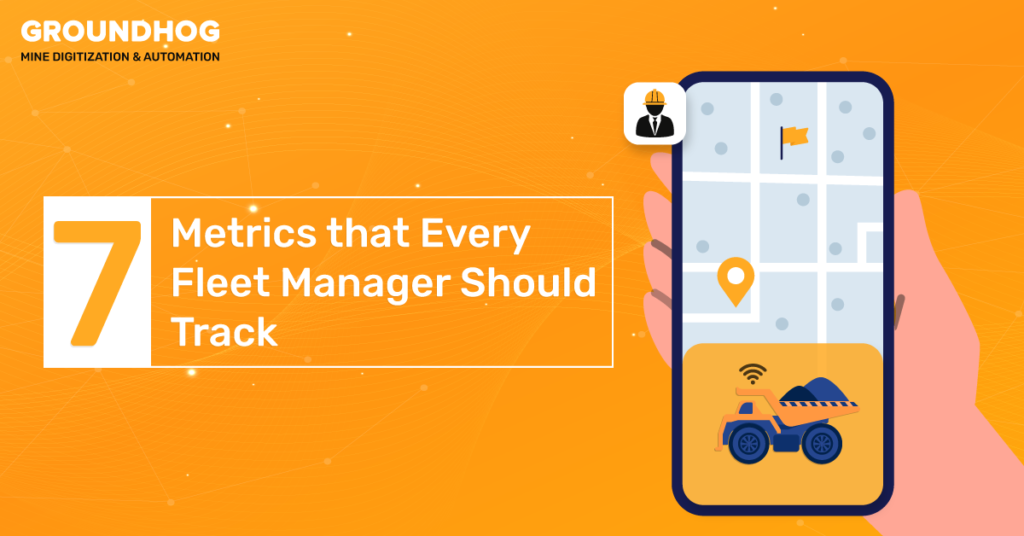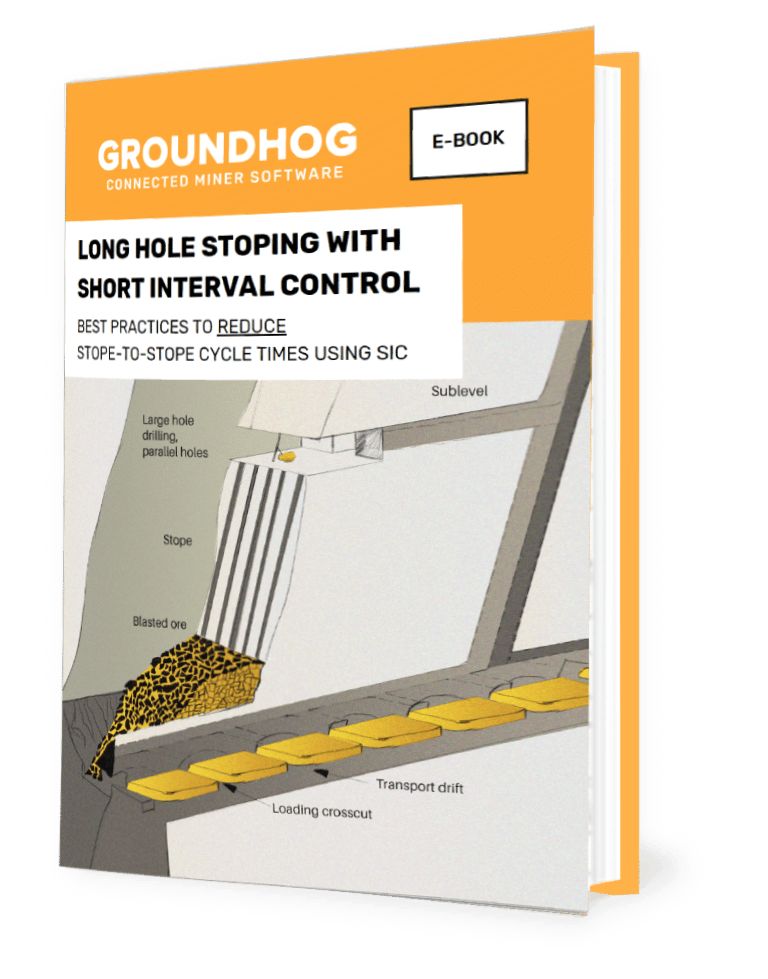We sincerely hope you’ve been enjoying our Mine Digitization and Automation series, where we’ve been discussing the whys and hows of the road your company might take to digital transformation. As we’ve noted, digital transformation isn’t “one thing” – there are many paths one can take on such a journey, many reasons to do so, and a number of things to consider in deciding where to start.
But we also recognize that many companies have already implemented some kind of digitization, so occasionally we’ll also talk about the best ways to leverage your investment.
One of the key reasons businesses invest in digitization efforts is access to information in the form of metrics, that allow them to measure the success of their processes and operations. Leveraging this data makes it possible to identify areas where more efficiency can be found and inform decisions that will have a positive impact on key performance indicators (KPIs).
Most mining companies would agree that its fleet carries much of the brunt of operations, and it is a rich area from which to mine data. What information is it important you glean from data you are (or could be) receiving?
- Equipment Utilization
- Fuel efficiency
- Maintenance costs
- Operator performance
- Safety metrics, such as accidents and incidents
- Production metrics, such as tonnage and ore quality
- Routing and dispatching efficiency
Let’s look at equipment utilization in detail.

It is important to keep track of how much time each vehicle is in operation and how much time it is idle to optimize your fleet’s efficiency. Start by capturing data either manually from an operator, or by direct integration with equipment to track engine hours. With this information, you can develop a time utilization model for your mine’s operational goals tailored to what is important to you.
For example, grading could be an important activity for some mine contractors, and any time spent on grading is considered productive time, while for some other it is considered non-productive. Similarly, certain events may be classified as standby activity for one mine, but as a delay by another. Even if the data collection is manual, most mines have these definitions in place.
However, if your mine doesn’t have a comprehensive definition of time usage, the first step is to define terms:
What does equipment availability mean?
What is a productive vs non-productive activity.
What activities can be classified as an operating delay or non-operating delay or standby, etc.?
This is vital, as classification of time use plays a huge factor in determining the time usage for your entire site. For example, the Global Mining Guidelines Group (GMG) Time Usage Model (TUM) classifies “Non Production” under “Unscheduled Time,” so increases have no impact on availability metrics.
However, TUM in some mines includes “Non Production” within the primary category of “Available.” In this case, increases or decreases in “Non Production” impact availability metrics directly, which leads to a focus on minimizing “Non Production” wherever possible.
Classification of time can be as detailed as you want. For example, cycle times for loaders and haulers can help identify time spent on wait times between loads, travel time, etc. Some mines have changed their mine access and dumping locations after observing long travel times. But without this data, you don’t know what you don’t know.
To take it one step further, you might ensure the automation of this data collection and reporting using telematics systems. With this, mines can record operation hours, idle time, engine run time, and more, right from the machine, meaning you’re no longer relying on potentially inaccurate reports from drivers or operators. Let them do their work, while your telematics system does the reporting. This means you’ll also be receiving data on the assets that aren’t reported on frequently. By analyzing data and providing trend reports, telematics enables future opportunities of using algorithms to determine optimization potential.
A simple equation? Data + Trends = Ability to Predict and Optimize Utilization.
So, in contemplating your equipment utilization, focus on what activities impact your availability and utilization metrics, then use this information to inform decisions about the optimization of infrastructure, and guide your decisions around brining in new equipment or changing/adding new processes.
Information is power, and making data informed choices will rarely steer you wrong in driving towards your company’s goals.
We’ll return to this topic in a few weeks to look at how fleet metrics surrounding fuel efficiency can impact your bottom line.
Next week, we’re back to our Mine Digitization and Automation series asking the question, Just How Ready Are You for Change, and How Will You Know?



